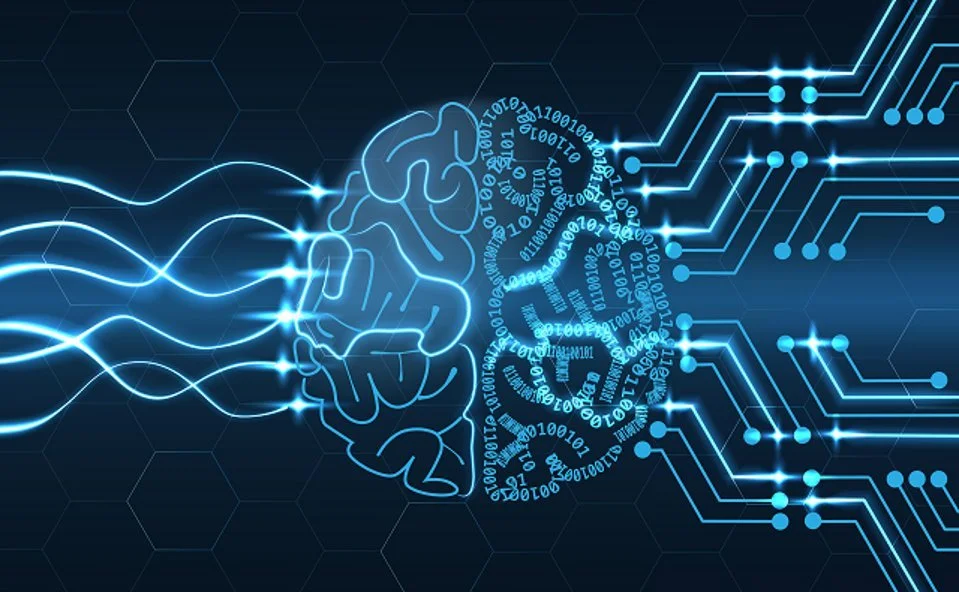The Rise of Large Language Models: Transforming AI as We Know It
 vamsi krishna
vamsi krishna
In recent years, the field of artificial intelligence has witnessed a revolutionary advancement in the form of Large Language Models (LLMs). These sophisticated AI systems have captured the imagination of technologists, researchers, and the general public alike. But what exactly are LLMs, and why are they causing such a stir in the tech world? Let's dive in.
What are Large Language Models?
Large Language Models are AI systems trained on vast amounts of textual data to understand and generate human-like text. Unlike traditional narrow AI systems designed for specific tasks, LLMs can perform a wide range of language-related tasks, from translation and summarization to question-answering and creative writing.
The "large" in LLMs refers to their immense scale – both in terms of the amount of data they're trained on and the number of parameters (adjustable elements) in their neural networks. Modern LLMs can have hundreds of billions of parameters, allowing them to capture intricate patterns and nuances in language.
How do LLMs Work?
At their core, LLMs are based on transformer architectures, a type of neural network particularly well-suited for processing sequential data like text. These models use a mechanism called "attention" to weigh the importance of different words in a sentence, allowing them to understand context more effectively than previous approaches.
During training, LLMs are exposed to massive datasets of text from the internet, books, and other sources. They learn to predict the next word in a sequence, gradually building an internal representation of language structure, facts, and even some reasoning capabilities.
The Impact of LLMs
The emergence of LLMs has had far-reaching implications:
Natural Language Processing: LLMs have significantly improved tasks like machine translation, text summarization, and sentiment analysis.
Content Creation: They can generate human-like text for various purposes, from creative writing to technical documentation.
Conversational AI: LLMs power more sophisticated chatbots and virtual assistants capable of engaging in more natural, context-aware conversations.
Code Generation: Some LLMs can understand and generate programming code, potentially transforming software development.
Information Retrieval: LLMs can be used to build more intelligent search engines and question-answering systems.
Challenges and Ethical Considerations
Despite their impressive capabilities, LLMs face several challenges:
Bias: LLMs can perpetuate or amplify biases present in their training data.
Hallucinations: They may generate plausible-sounding but factually incorrect information.
Resource Intensity: Training and running LLMs requires significant computational resources.
Privacy Concerns: There are questions about the use of copyrighted or personal information in training data.
The Future of LLMs
As research in this field continues to advance, we can expect:
More efficient training methods and model architectures
Improved factual accuracy and reasoning capabilities
Better integration with other AI technologies like computer vision
Increased focus on addressing ethical concerns and responsible AI development
Large Language Models represent a significant leap forward in AI technology. As they continue to evolve, they promise to reshape how we interact with computers and information, opening up new possibilities in fields ranging from education to scientific research. However, it's crucial that we approach this technology thoughtfully, addressing its challenges to ensure it benefits society as a whole.
The journey of LLMs is just beginning, and the coming years are sure to bring even more exciting developments in this rapidly advancing field.
Subscribe to my newsletter
Read articles from vamsi krishna directly inside your inbox. Subscribe to the newsletter, and don't miss out.
Written by
